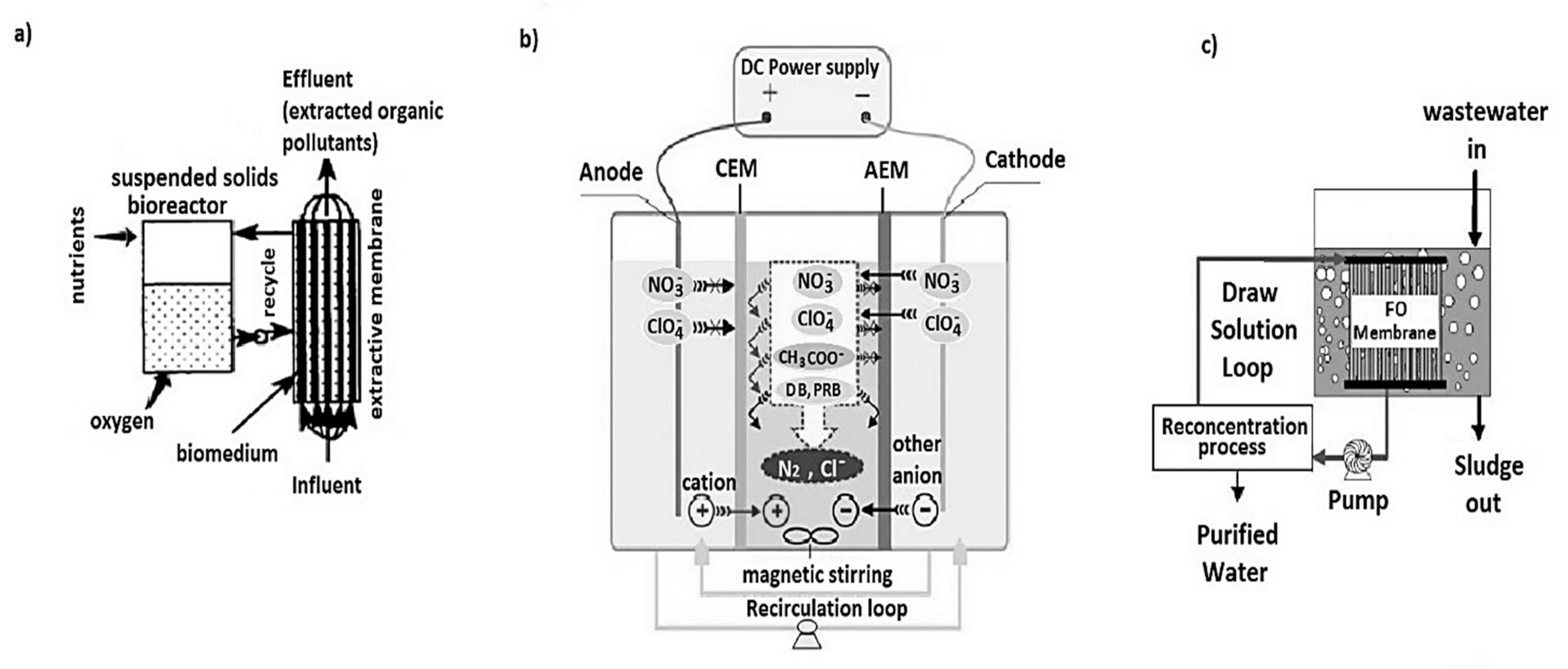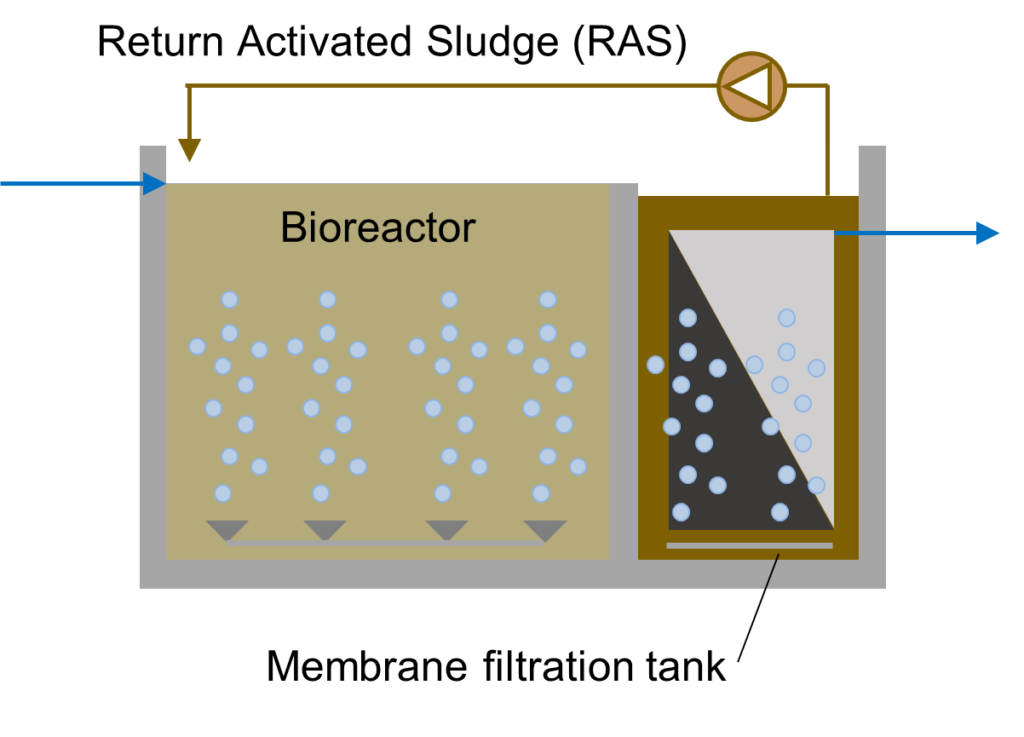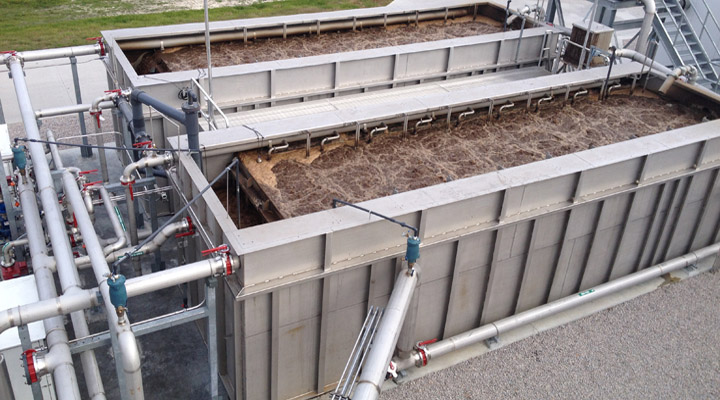Why Membrane Bioreactor Solutions Are Ideal for Sustainable Water Treatment
Why Membrane Bioreactor Solutions Are Ideal for Sustainable Water Treatment
Blog Article
Membrane Bioreactors Explained: Effective Solutions for Tidy Water
Membrane bioreactors (MBRs) have arised as a sophisticated solution for resolving the pressing difficulties of wastewater therapy. By integrating biological procedures with innovative membrane filtration, MBRs not only improve the high quality of cured water yet also decrease the spatial requirements of therapy facilities. As ecological worries magnify, the function of MBR technology in advertising sustainable water management ends up being increasingly considerable. Nevertheless, the complexities of their operation, benefits, and prospective applications merit a closer assessment to totally understand their effect on the future of water treatment.

What Are Membrane Bioreactors?
Membrane layer bioreactors (MBRs) are sophisticated wastewater therapy systems that integrate biological destruction processes with membrane purification modern technology. This combination permits the reliable elimination of contaminants from water, making MBRs a preferred selection in different applications, including metropolitan wastewater treatment and industrial effluent administration.

Among the important advantages of MBRs is their capacity to generate top quality effluent, typically suitable for reuse in irrigation or commercial processes. In addition, MBRs require a smaller sized footprint contrasted to traditional treatment systems, making them ideal for metropolitan setups where area might be limited.
In addition, MBRs can successfully handle varying influent lots and are less prone to the effects of toxic shocks. These qualities contribute to their growing appeal as a sustainable service for addressing the enhancing demand for tidy water while minimizing ecological effects.
How Membrane Bioreactors Work
While the procedure of membrane layer bioreactors (MBRs) may seem complicated, it basically focuses on the harmony in between organic procedures and membrane purification. MBRs integrate a biological treatment procedure, commonly triggered sludge, with a membrane layer splitting up device to deal with wastewater effectively.
In an MBR system, wastewater is very first presented right into a bioreactor where microbes deteriorate raw material and various other pollutants. The biological activity minimizes the concentration of pollutants while promoting the growth of biomass. Following this biological therapy, the combined liquor undergoes membrane layer filtration, which can be microfiltration or ultrafiltration, depending on the desired effluent high quality.
The membranes function as a physical obstacle, permitting water and small solutes to pass while keeping suspended solids and larger molecules. This makes it possible for the system to keep a high focus of biomass within the activator, boosting the therapy performance.
In addition, the continual separation of treated water from the biomass assists in a small design and minimizes the footprint of the therapy center. Generally, the combination of biological deterioration and membrane filtration in MBRs causes trustworthy and efficient wastewater treatment, making sure high-quality effluent appropriate for various applications.
Advantages of MBR Modern Technology
Among the crucial advantages of membrane layer bioreactor (MBR) technology is its ability to generate top notch effluent with a considerably minimized impact compared to standard wastewater treatment methods. MBR systems successfully integrate organic treatment and membrane layer purification, leading to premium removal of pollutants, including suspended solids, microorganisms, and natural issue. This capability brings about effluent that commonly satisfies or surpasses rigorous regulative criteria for reuse and discharge.
In addition, MBR modern technology enables greater biomass focus, which enhances the treatment efficiency and minimizes the called for reactor quantity. This compact style is specifically advantageous in metropolitan areas where area is restricted. The operational flexibility of MBR systems additionally implies they can adjust to differing influent qualities and circulation prices, making them suitable for a wide variety of applications.
Moreover, the minimized sludge manufacturing linked with MBR processes adds to decrease operational and maintenance costs. The membranes act as a physical barrier, reducing the danger of blocking and enabling longer operational periods between cleansing. In general, the benefits of MBR technology make it an attractive option for lasting wastewater therapy, addressing both environmental issues and the requirement for reliable source management.
Applications of Membrane Layer Bioreactors
With their adaptability and performance, membrane layer bioreactors (MBRs) visit this site discover applications throughout numerous sectors, consisting of metropolitan wastewater treatment, industrial processes, and also water recovery. In local setups, MBRs supply a portable option for treating wastewater, properly getting rid of pollutants while concurrently creating high-grade effluent that meets rigorous governing requirements. This makes them especially appropriate for areas with limited room.
In commercial applications, MBR innovation is used for treating procedure water, especially in markets such as food and beverage, drugs, and petrochemicals. These sectors benefit from MBRs' capability to handle high natural loads and their effectiveness in recovering beneficial sources from wastewater, such as nutrients and water.
Furthermore, MBRs play a crucial role in water improvement initiatives, allowing the reuse of dealt with wastewater for irrigation, commercial processes, or perhaps as potable water after more treatment (Membrane Bioreactor). Their performance in getting rid of microorganisms and pollutants makes them a reputable selection for ensuring water quality in various reuse applications
Future of Water Treatment Solutions
The future of water therapy solutions is poised for transformative innovations driven by technological innovation and boosting environmental recognition. As international water scarcity ends up being a pushing concern, new methods, consisting of membrane bioreactor (MBR) systems, are readied to play an essential duty in enhancing the effectiveness and sustainability of water treatment processes.
Emerging innovations such as artificial intelligence and equipment learning are expected to enhance therapy operations, enabling real-time surveillance and predictive maintenance. This will improve the overall dependability and performance of water therapy facilities. Improvements in membrane materials, such as graphene and nanofiltration, guarantee to enhance permeation prices and lower fouling, leading to reduced power intake and functional costs.
In addition, the assimilation of renewable resource resources right into water treatment plants will add to greener practices. The circular economy version will certainly additionally get traction, encouraging the recovery of valuable sources from wastewater, such as nutrients and energy.
Conclusion

Membrane bioreactors (MBRs) have actually emerged as an advanced remedy for resolving the pressing obstacles of wastewater treatment. By incorporating biological procedures with sophisticated membrane layer filtration, MBRs not only improve the quality of treated water yet also minimize the spatial demands of therapy facilities.One of the crucial benefits of membrane bioreactor (MBR) modern technology is its capability to generate top quality effluent with a dramatically lowered impact contrasted to conventional wastewater therapy techniques.With their convenience and efficiency, membrane Get More Information layer bioreactors (MBRs) locate applications across numerous sectors, including metropolitan wastewater treatment, industrial processes, and also water recovery.In conclusion, Clicking Here membrane bioreactors stand for a considerable innovation in wastewater treatment technology, integrating biological procedures with reliable membrane filtration to create high-grade effluent.
Report this page